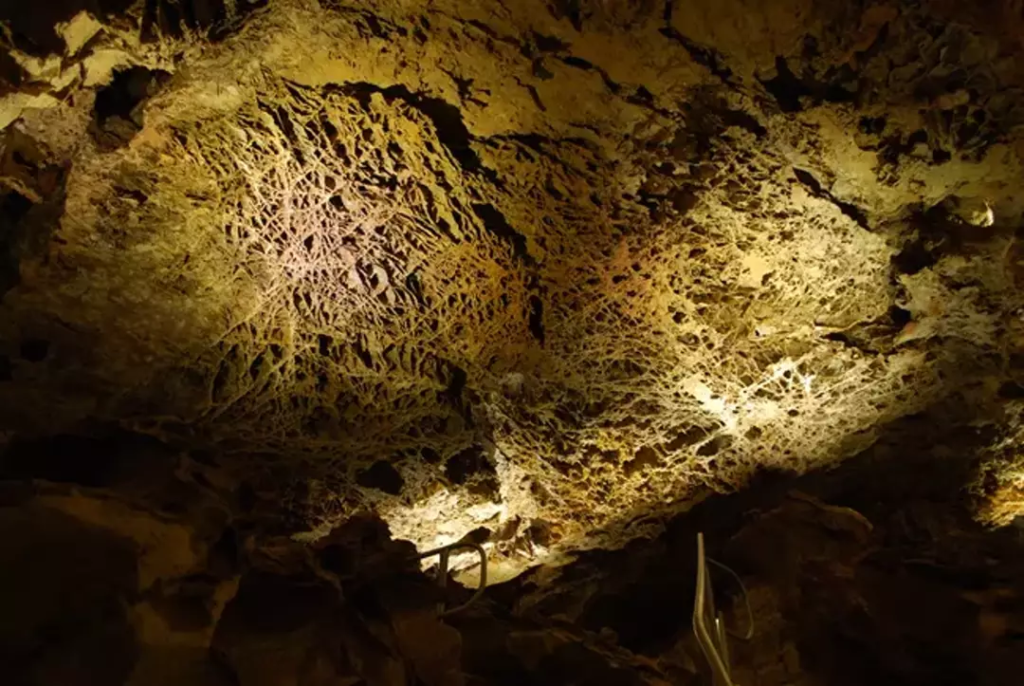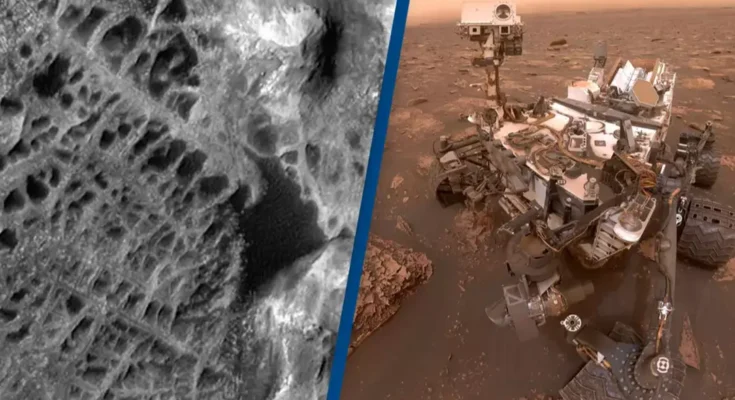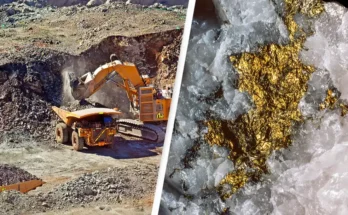Martians, we’ve seen them take many different forms on our TVs over the years but we’ve grown to understand that there is no life on Mars. Or is there?
NASA’s Curiosity Rover has made an incredible discovery and one that may prove significant in determining whether there has been life on the big red planet.
For those that don’t know about the rover, the space agency explains: “Part of NASA’s Mars Science Laboratory mission, Curiosity, was the largest and most capable rover ever sent to Mars when it launched in 2011.
“Curiosity set out to answer the question: Did Mars ever have the right environmental conditions to support small life forms called microbes? Early in its mission, Curiosity’s scientific tools found chemical and mineral evidence of past habitable environments on Mars.
“It continues to explore the rock record from a time when Mars could have been home to microbial life.”
It is certainly delivering results too, as it’s discovered that Mars could have been habitable many, many, many years ago, and now it has happened upon ‘spiderwebs’ in the planet’s surface that could contain signs that there was once alien life.
These spiderweb-like structures were first spotted back in 2006 and span six to 12 miles in length, but this section of a Martian desert close to its equator is only now being explored – while the formations lie close to the three-mile tall Mount Sharp.

NASA’s Curiosity Mars rover used the camera at the end of its arm in April and May 2014 to take dozens of component images combined into this self-portrait where the rover drilled into a sandstone target called ‘Windjana’ (NASA/JPL-Caltech/MSSS via Getty Images)
Now, I don’t think we’re talking full-blown aliens like E.T. but micro-organisms which would still be classed as alien life.
So, these spiderweb-like structures are believed to be giant versions of ‘boxwork’ – which is just a mineral formation that can be found in caves on Earth.
The National Park Service details how boxwork is formed, explaining it ‘is made of thin blades of calcite that project from cave walls and ceilings, forming a honeycomb pattern. The fins intersect one another at various angles, forming ‘boxes’ on all cave surfaces’.
This unearthly form of boxwork appears to scientists to have been formed by seawater rather than calcite.

Boxwork as seen in Wind Cave National Park, South Dakota (National Park Service)
Speaking per Marca, geologist Dr Kirsten Siebach, of Rice University, Texas, believes they may contain fossils of past life that inhibited the planet.
“These ridges will include minerals that crystallized underground, where it would have been warmer,” she said.
“Early Earth microbes could have survived in a similar environment.”
Researchers now believe that mineral-rich water flowed down from Mount Sharp to create the webbing, with an estimate 113 billion gallons of salty, warm water required to form it.



